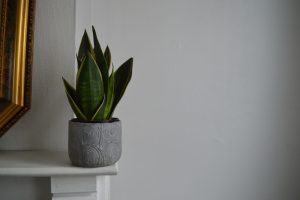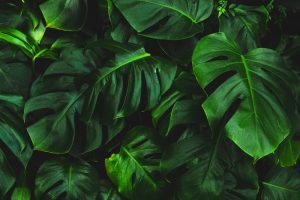Like many people these days, spending extra time at home may have you thinking about tending to a garden. That is something past generations always did in times of turmoil.
In World War II, governments around the world encouraged people to grow their own food to relieve shortages. They promoted gardening as a family-friendly activity that provided exercise and stretched food budgets.

Cost-Effective Gardening
Contents
Gardens provide extra vegetables, fruits, and herbs when store shelves are empty or when you simply want to avoid supermarket crowds. When carefully planned, it could also help you reduce your spending significantly.
If you are growing vegetables to save money, or you simply want an additional source of food, here are some crops which could deliver real cost savings.
Leafy Herbs
Fresh herbs like basil, parsley, and cilantro do not have an extended shelf-life. They also do not do well during transport. That’s why these leafy herbs are expensive.
There are many herbs that you can grow to enhance your cooking and save on money. You can grow them in your kitchen garden, your patio, or in containers indoors. In picking a place to grow your herbs, keep in mind that they need a good four to six hours of sun daily.
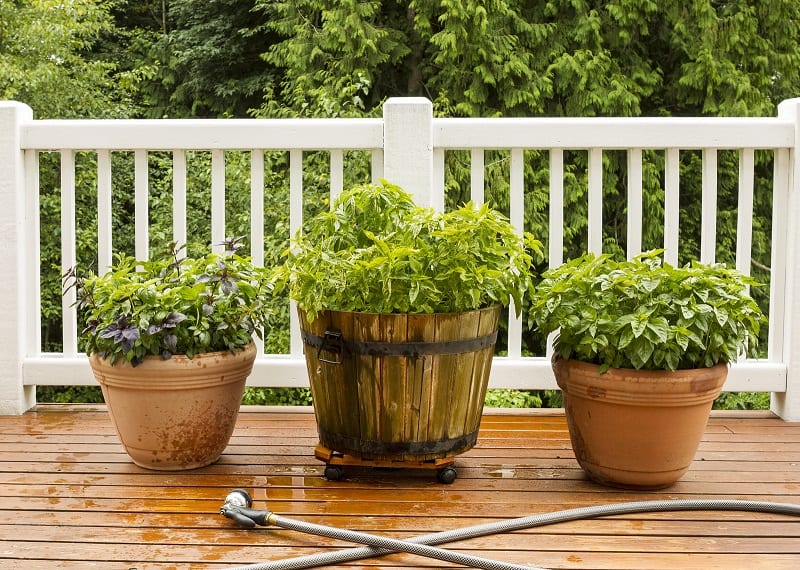
Lettuce
You may have noticed that the cost of lettuce has been rising over the past years. The reasons vary from outbreaks of disease to unfavorable weather. Both put a heavy strain on growing seasons even as they disturb delicate ecosystems.
Given current trends, if you grow your own lettuce from a package of seed, you’ll recoup the cost within a few weeks.

Garlic
In many places around the world today, people are seeing a considerable increase in the price of garlic. That’s because the coronavirus pandemic has disrupted supply chains in China. By some estimates, the country produces around 80 percent of the world’s garlic.
Garlic is often grown over winter, allowing you to make good use of garden space. Be sure to keep weeds away from your beds. Garlic does not like competition. Proper, well-timed harvesting and curing are key to producing bulbs with good keeping qualities.

Tomatoes
The price of tomatoes varies wildly in different places around the world. That’s because tomatoes are extremely sensitive to fluctuations in the weather.
Too much sun can ruin the fruit while too much rain can drown the plants. They also require careful handling and packaging, which adds to the cost of production.
Indoors or outdoors, you need to devote a prime, sunny spot to growing tomatoes. The plants need at least 6 to 8 hours of sun to bring out their best flavors. You will also need to stake, trellis, or cage most tomato plants to keep them off the ground.
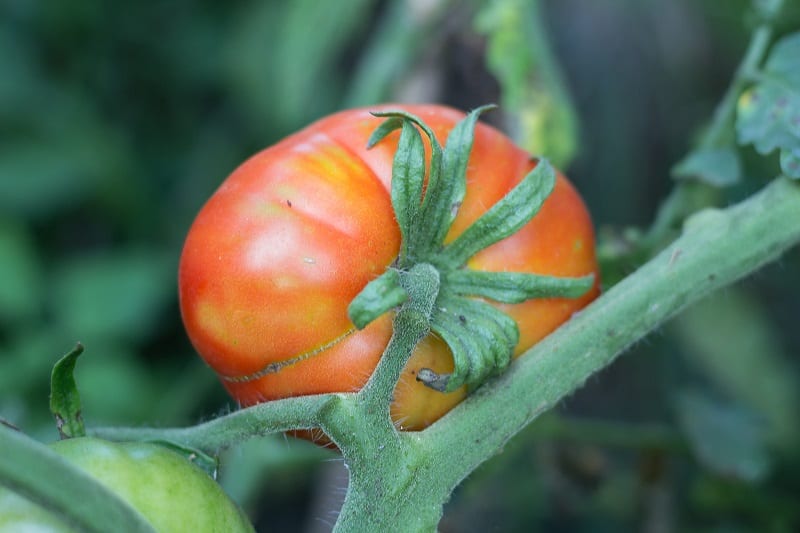
Bell Peppers
The bell pepper market is in a bit of flux right now following seasonal weather events in a number of regions. Some of the red, orange, and yellow bell peppers you see in supermarkets are likely grown in greenhouses in Holland. They can get quite pricey.
Bell peppers need warm soil and warm temperatures. The general rule is to start plants indoors about 8 to 10 weeks before transplanting, which should be done 2-3 weeks after the expected last frost. The plants thrive in full sun and loamy, rich, well-draining soil with a pH near neutral.
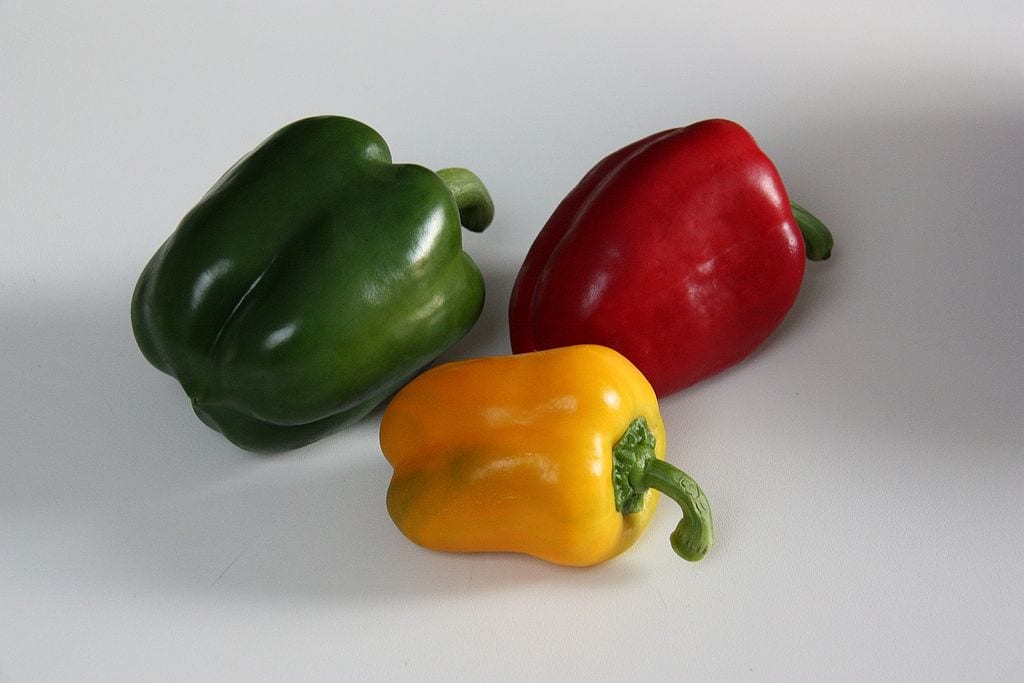
(Photo: Kham Tran/Wikimedia Commons)
A Measure of Self-Sufficiency is Never a Bad Thing
There are other crops that are cost-effective for backyard growers. Some of the examples we’ve included on this short list may be difficult to grow in some regions.
The examples listed here show what’s worked best for us. They serve to emphasize that growing your own vegetables and herbs can reduce your expenses.
But growing vegetables is more than about saving money, as Gregg Seaman of Earth Easy points out. And we heartily agree.
The panic buying that emptied grocery shelves recently is an obvious reminder that a bit of self-sufficiency is never a bad thing.
Perhaps even more important, growing your own food is healthier for the family as the produce is fresh and grown without chemicals.


